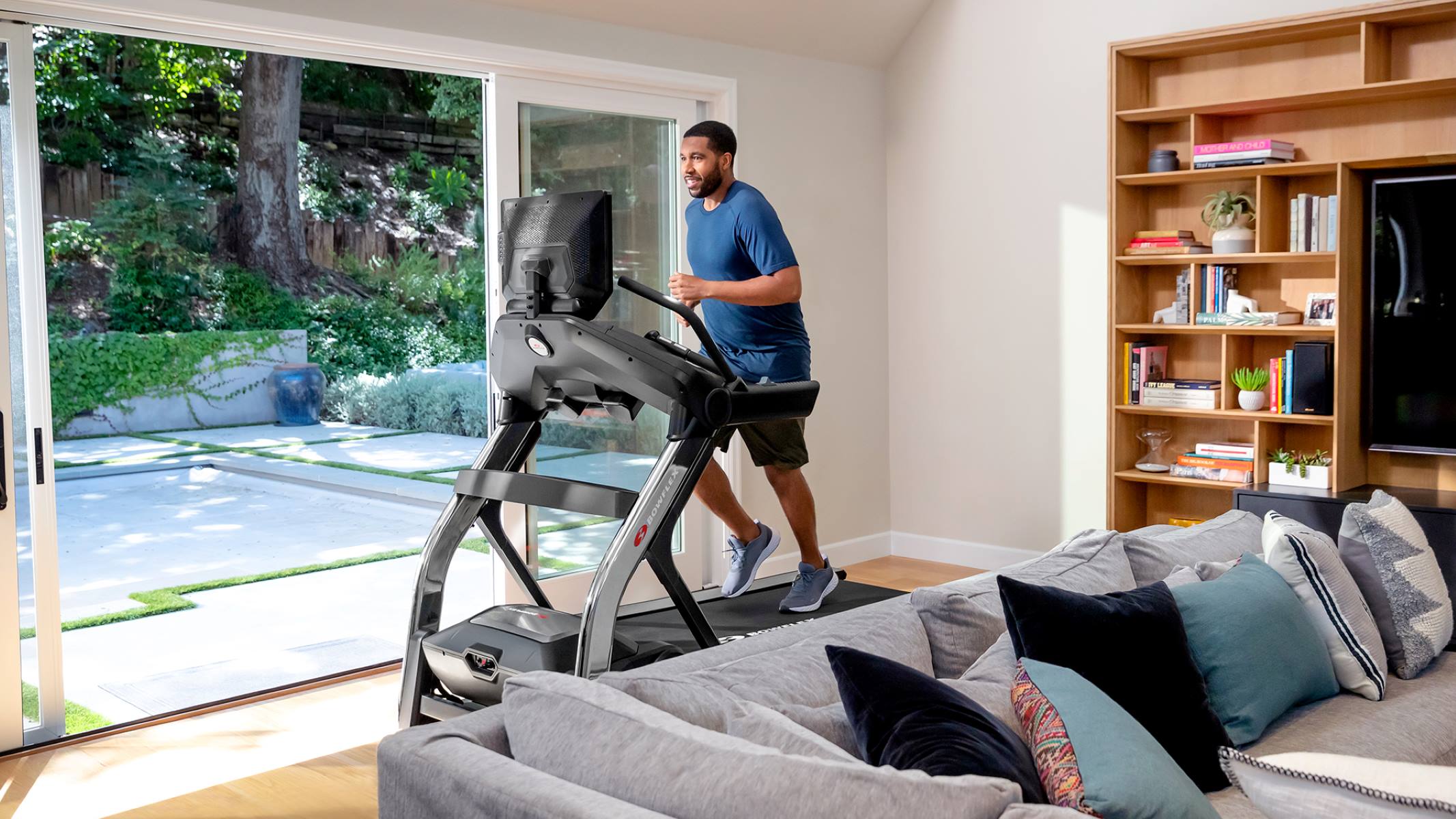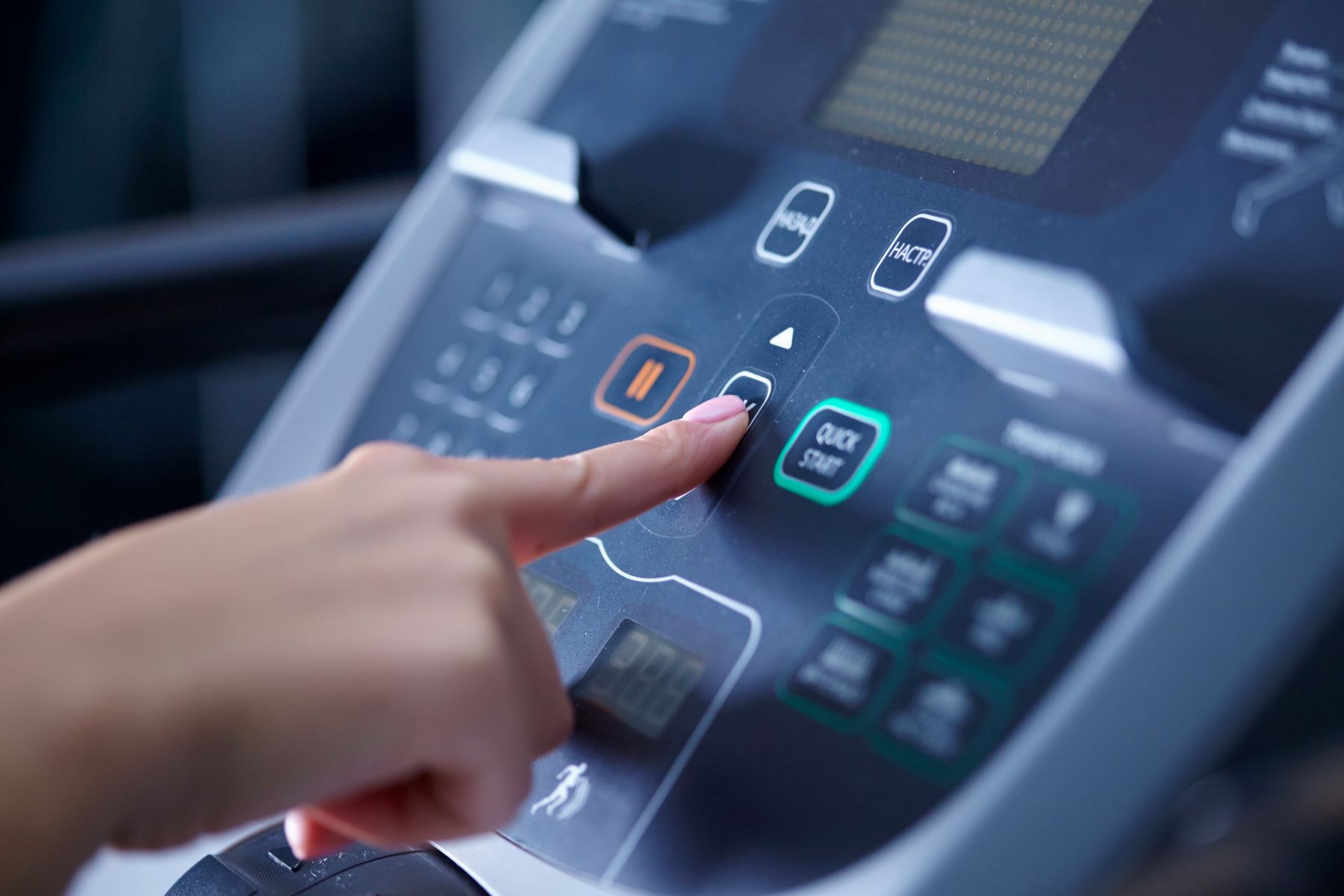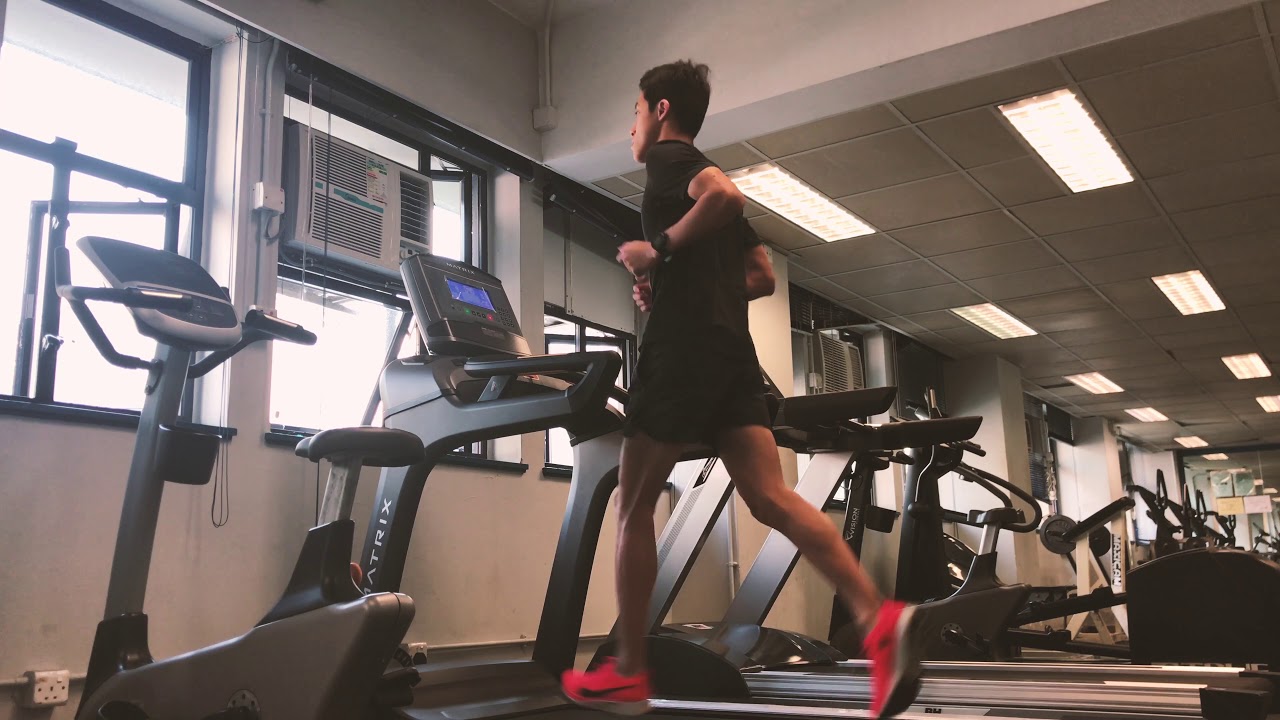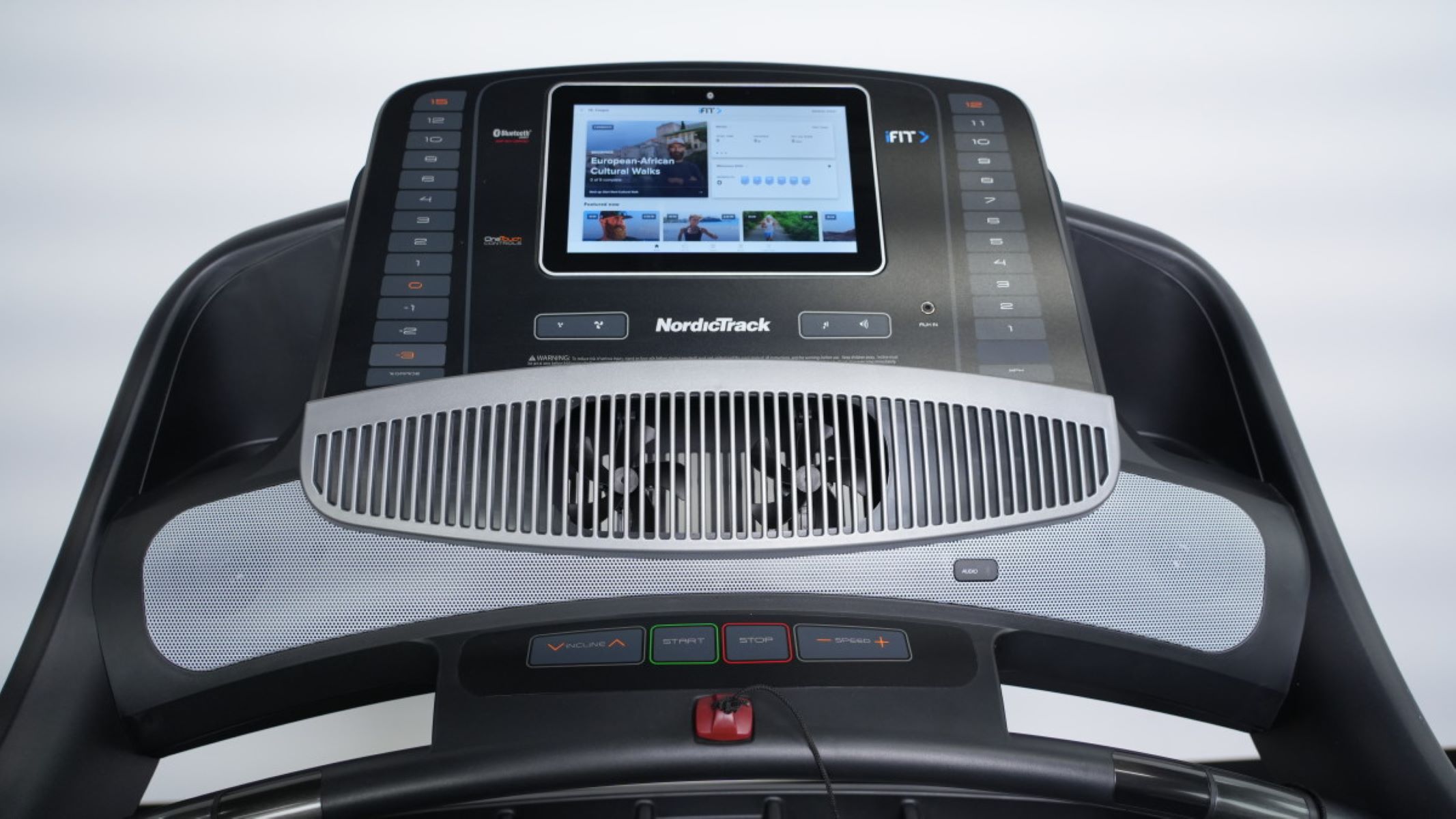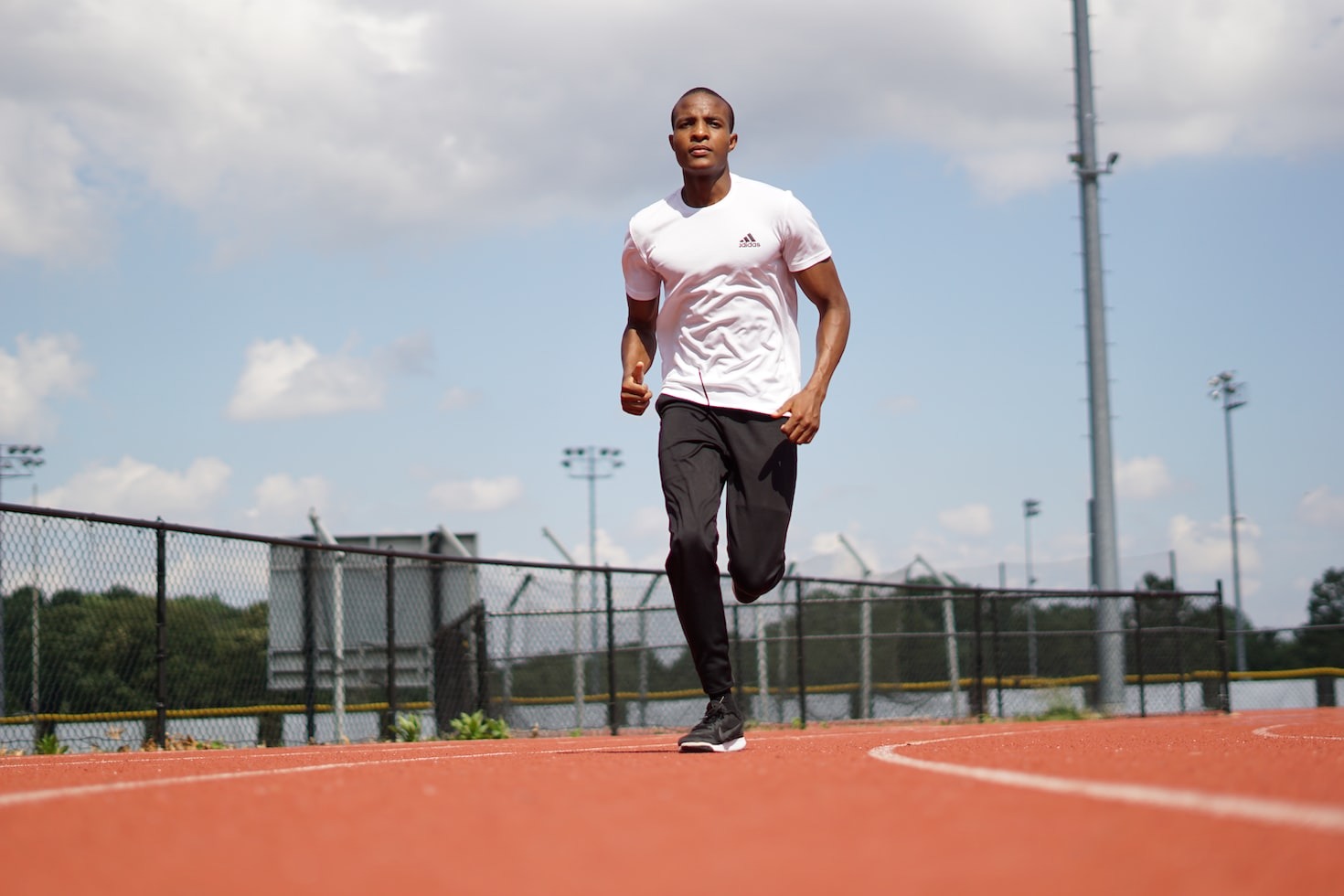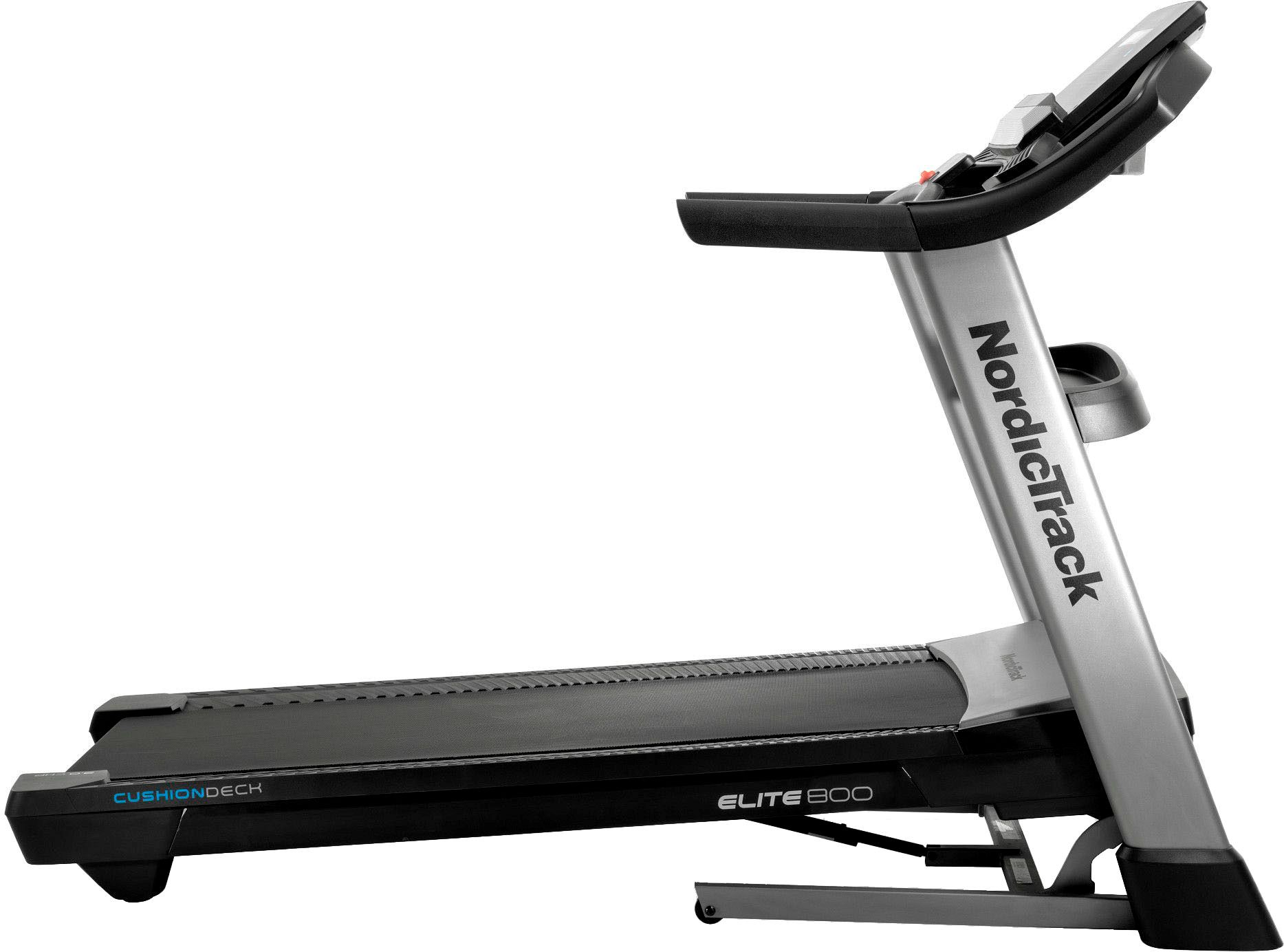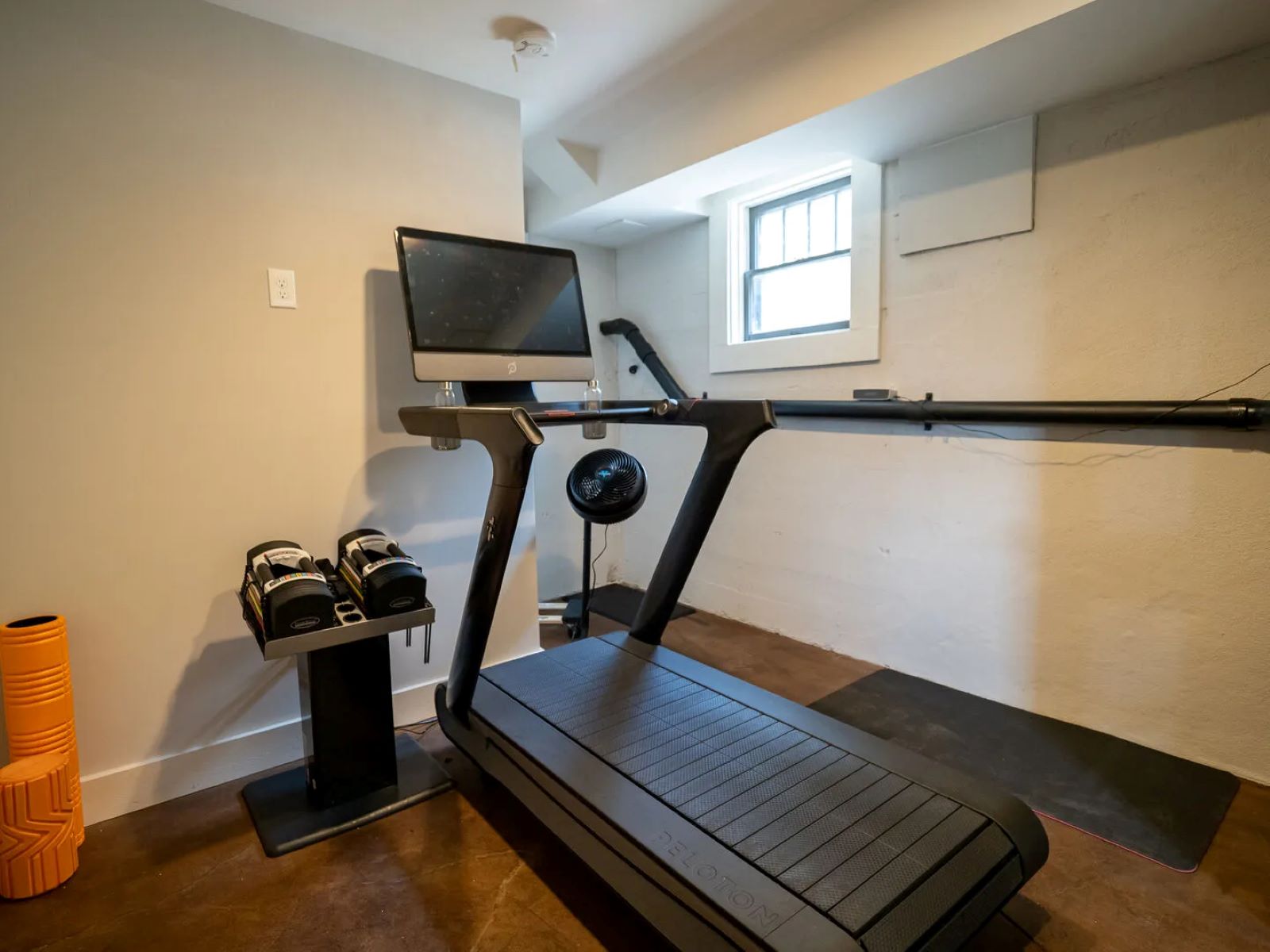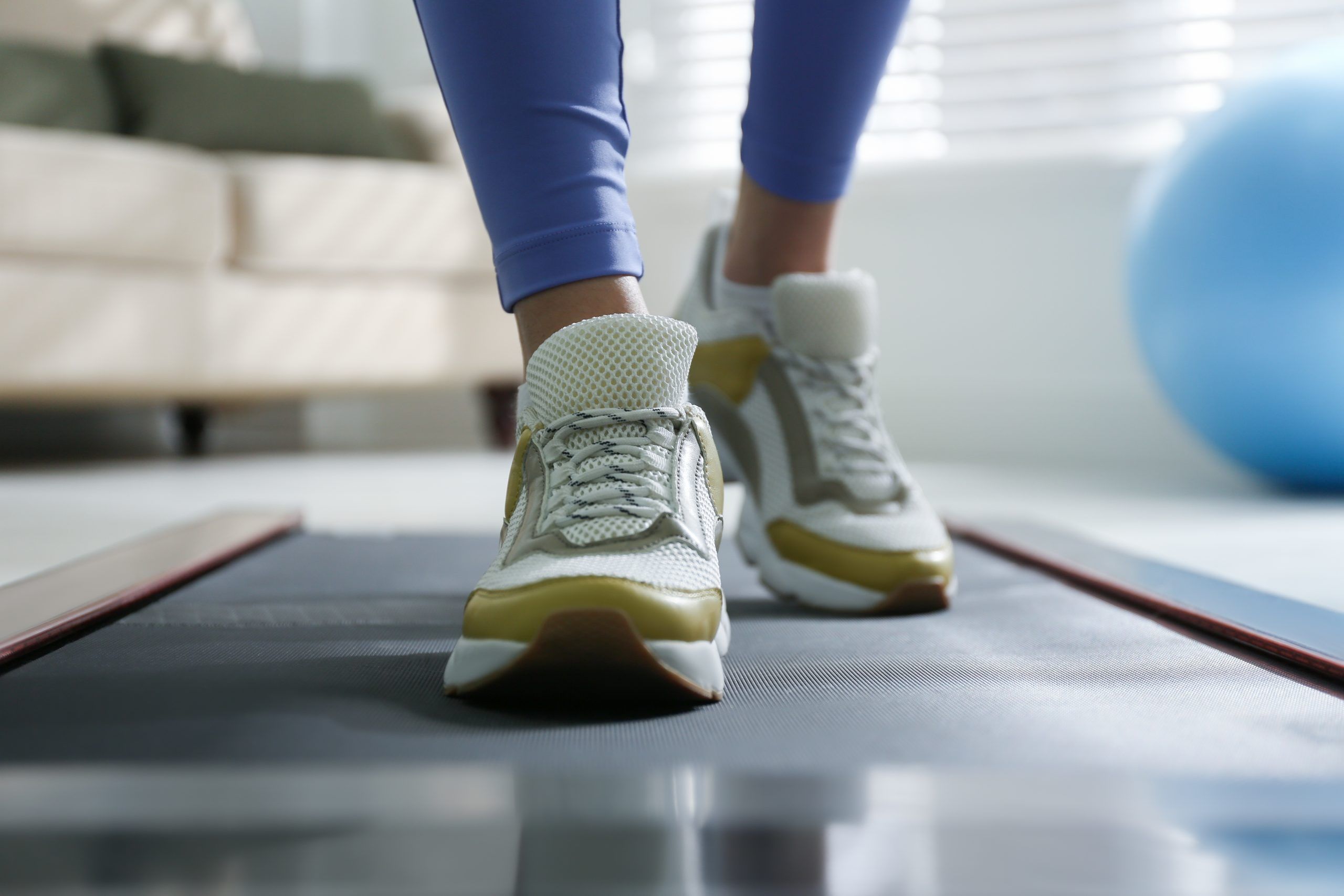

Featured
How Long Is 1.0 Distance On A Treadmill
Modified: January 2, 2024
Discover how much distance 1.0 on a treadmill can cover with our featured guide. Get insights and tips on maximizing your workout in this informative article.
Introduction
When it comes to working out on a treadmill, one of the common metrics we track is distance. Whether you’re a beginner or an avid runner, knowing how far you’ve traveled can be motivating and help you gauge your progress. However, have you ever wondered how the distance is measured on a treadmill and if it accurately reflects the actual distance you’ve covered?
In this article, we will delve into the world of treadmill distance measurements and explore how 1.0 distance is measured on a treadmill. We will also discuss the various factors that can affect the accuracy of treadmill distance measurements and provide some tips on how to improve distance accuracy. By understanding how treadmills measure distance and how to optimize your workout, you can make the most out of your treadmill sessions.
So, whether you’re a dedicated runner or someone who enjoys occasional treadmill workouts, join us as we uncover the science behind treadmill distance measurements and explore the intricacies of this commonly tracked metric.
Understanding Treadmill Measurements
Before we delve into how treadmill distance is measured, let’s take a moment to understand the basics of treadmill measurements. Treadmills use various metrics to track and display your workout statistics, including time, speed, calories burned, and distance.
Distance is typically displayed in kilometers or miles and represents the amount of ground you would have covered if you were running or walking outdoors. However, it’s important to note that treadmill distance is not an exact representation of the distance you would have covered outdoors. There are several factors that can affect the accuracy of treadmill distance measurements.
One key factor to consider is that treadmills use a belt system where you run or walk on a moving surface. This means that the distance measurement is based on the speed at which the belt is moving rather than the actual distance you are traveling. Treadmills calculate distance by multiplying the number of belt revolutions by the belt circumference.
Additionally, treadmill measurements can also be affected by the calibration and accuracy of the machine. Some treadmills may be more precise in their measurements, while others may have slight variations. It’s a good idea to ensure your treadmill is properly calibrated to get the most accurate distance readings.
Another factor to consider is the impact of incline settings. When you run or walk on a treadmill with an incline, you are essentially going uphill, which requires more effort and energy. However, the distance measurement does not account for this increased effort. So, while you may be covering a shorter horizontal distance, you are still getting a challenging workout due to the incline.
Understanding these factors is important as it helps manage expectations and allows you to interpret the treadmill distance measurements more effectively. It’s essential to keep in mind that treadmill distance is a useful metric for tracking your progress and comparing your workouts but may not precisely reflect the actual distance you would have traveled outdoors.
How 1.0 Distance is Measured on a Treadmill
Now that we have a basic understanding of treadmill measurements, let’s explore how the distance of 1.0 is measured on a treadmill. When you see the display showing 1.0 distance, it means you have covered a distance of one mile (or one kilometer, depending on the unit of measurement).
The measurement of 1.0 distance on a treadmill is based on the length of the belt and the number of revolutions it takes to cover one mile (or one kilometer). The belt length is determined by the treadmill’s manufacturer and can vary slightly between different treadmill models.
For example, if the belt length of a treadmill is 60 inches and it takes 1,760 belt revolutions to cover one mile, then each revolution of the belt would cover approximately 1/1,760th of a mile. Therefore, when you complete 1,760 belt revolutions, you would have traveled a distance of one mile, resulting in a display of 1.0 distance on the treadmill.
It’s important to note that the speed at which the treadmill belt is moving will affect the time it takes to complete the 1.0 distance. If you’re running or walking at a faster pace, you’ll cover the 1.0 distance in less time compared to a slower pace.
Some treadmills also allow you to adjust the unit of measurement, so you have the option to track your distance in kilometers instead of miles. In this case, completing a distance of 1.0 kilometer would be equivalent to traveling a distance of one kilometer on the treadmill.
Understanding how the treadmill measures 1.0 distance can help you set goals and track your progress during your workouts. Whether you’re aiming to complete a certain number of miles or kilometers, the treadmill’s distance measurement allows you to monitor your performance and work towards your fitness objectives.
Factors Affecting the Accuracy of Treadmill Distance Measurements
While treadmills provide a convenient way to track your distance, it’s important to be aware of the factors that can affect the accuracy of treadmill distance measurements. Understanding these factors can help you interpret your distance readings more effectively and make necessary adjustments to improve accuracy. Here are some factors to consider:
- Belt Tension and Condition: The tension and condition of the treadmill belt can affect the accuracy of distance measurements. If the belt is loose, it may slip or create inconsistencies in the distance calculations. Regular maintenance and proper adjustment of the belt tension can help ensure more accurate readings.
- Calibration: Treadmills need to be properly calibrated to provide accurate distance measurements. Calibration ensures that the distance recorded matches the actual distance traveled. If your treadmill is not calibrated correctly, it can result in overestimating or underestimating the distance covered. Consult the treadmill’s user manual or contact the manufacturer for instructions on how to properly calibrate your machine.
- Running Form: Your running form can also influence the accuracy of treadmill distance measurements. If you’re running with a heavy heel strike or leaning too far forward or backward, it may affect the way the treadmill detects your stride length and ultimately impact the recorded distance. Maintaining proper running form can help ensure more accurate distance readings.
- Incline: As mentioned earlier, running on an incline on a treadmill can provide a more challenging workout. However, the distance measurement does not account for the additional effort required to run uphill. While the distance displayed remains the same, your effort level and calorie burn will be higher compared to running on a flat surface.
- User Weight: The weight of the user can also impact the accuracy of treadmill distance measurements. Some treadmills factor in the user’s weight as it can affect the energy expenditure and stride length. However, not all treadmills have this feature, and the impact may vary between different models.
It’s essential to keep in mind that while treadmills strive to provide accurate distance measurements, there can be inherent limitations and variations based on these factors. Comparing your treadmill distance measurements to outdoor running distances may not provide an accurate comparison due to the controlled environment and mechanical nature of treadmill workouts.
Tips for Improving Distance Accuracy on a Treadmill
While treadmill distance measurements may not always be 100% accurate, there are several tips and tricks you can employ to improve distance accuracy and get a more reliable measurement. Here are some useful tips:
- Calibrate Your Treadmill: Ensure that your treadmill is properly calibrated according to the manufacturer’s instructions. This will help align the distance displayed with the actual distance you’re covering.
- Verify with GPS or Running Apps: If you’re looking for a more accurate measurement, consider using a GPS watch or a running app on your smartphone in conjunction with your treadmill. This will provide a reference point for comparison and help you determine the accuracy of your treadmill’s distance measurements.
- Wear Proper Running Shoes: Wearing the right running shoes can make a significant difference in your running form and stride length, which can impact the distance measurements. Invest in a pair of well-fitting, supportive running shoes to maintain optimal form and ensure more accurate distance readings.
- Pay Attention to Running Form: Maintain good running form while on the treadmill. Avoid leaning too far forward or backward and try to land mid-foot with each stride. This will help with the accuracy of the treadmill’s stride length calculations and, in turn, improve distance accuracy.
- Keep Consistent Speed and Incline Levels: Variations in speed and incline settings during your workout can affect the distance measurements. Try to maintain a consistent pace and only make necessary adjustments to ensure a more accurate representation of the distance covered.
- Regular Maintenance: Keep your treadmill well-maintained by lubricating the belt, checking for any wear or tear, and tightening any loose components. Regular maintenance can help ensure the treadmill performs optimally and provides more accurate distance measurements.
- Use Built-in Programs and Virtual Courses: Many treadmills offer built-in programs and virtual courses that mimic outdoor terrains. Utilize these features to add variety to your workouts and simulate real-life running conditions, enhancing the accuracy of distance measurements.
Remember, while striving for accuracy is important, the ultimate goal of your treadmill workouts should be to improve your fitness and achieve your personal goals. Distance readings are just one metric to track your progress, and as long as you maintain consistency in your workouts, the exact accuracy becomes less crucial.
Conclusion
Tracking distance on a treadmill is a valuable tool for monitoring your progress and staying motivated during your workouts. While treadmill distance measurements may not always be pinpoint accurate, understanding how they are calculated and knowing the factors that can affect accuracy can help you interpret and utilize the data effectively.
We’ve explored how the distance of 1.0 is measured on a treadmill, taking into account the belt length and the number of belt revolutions required to cover a specific distance. We’ve also discussed the various factors that can influence the accuracy of treadmill distance measurements, such as belt tension, calibration, running form, incline setting, and user weight.
To improve distance accuracy, we’ve provided some useful tips, including calibrating your treadmill, verifying with GPS or running apps, wearing proper running shoes, maintaining good running form, keeping consistent speed and incline levels, performing regular maintenance, and utilizing built-in programs and virtual courses.
Remember that while distance accuracy is valuable, it’s essential to focus on your overall fitness goals rather than getting hung up on the precise measurements. Treadmill workouts offer controlled and convenient environments for your runs and walks, but they may not perfectly replicate outdoor conditions.
So, embrace the data provided by your treadmill, use it as a guide, and adjust your workouts accordingly. Keep striving for consistency, challenge yourself with different intensity levels, and enjoy the many benefits of treadmill exercise on your journey to improved fitness and wellbeing.
